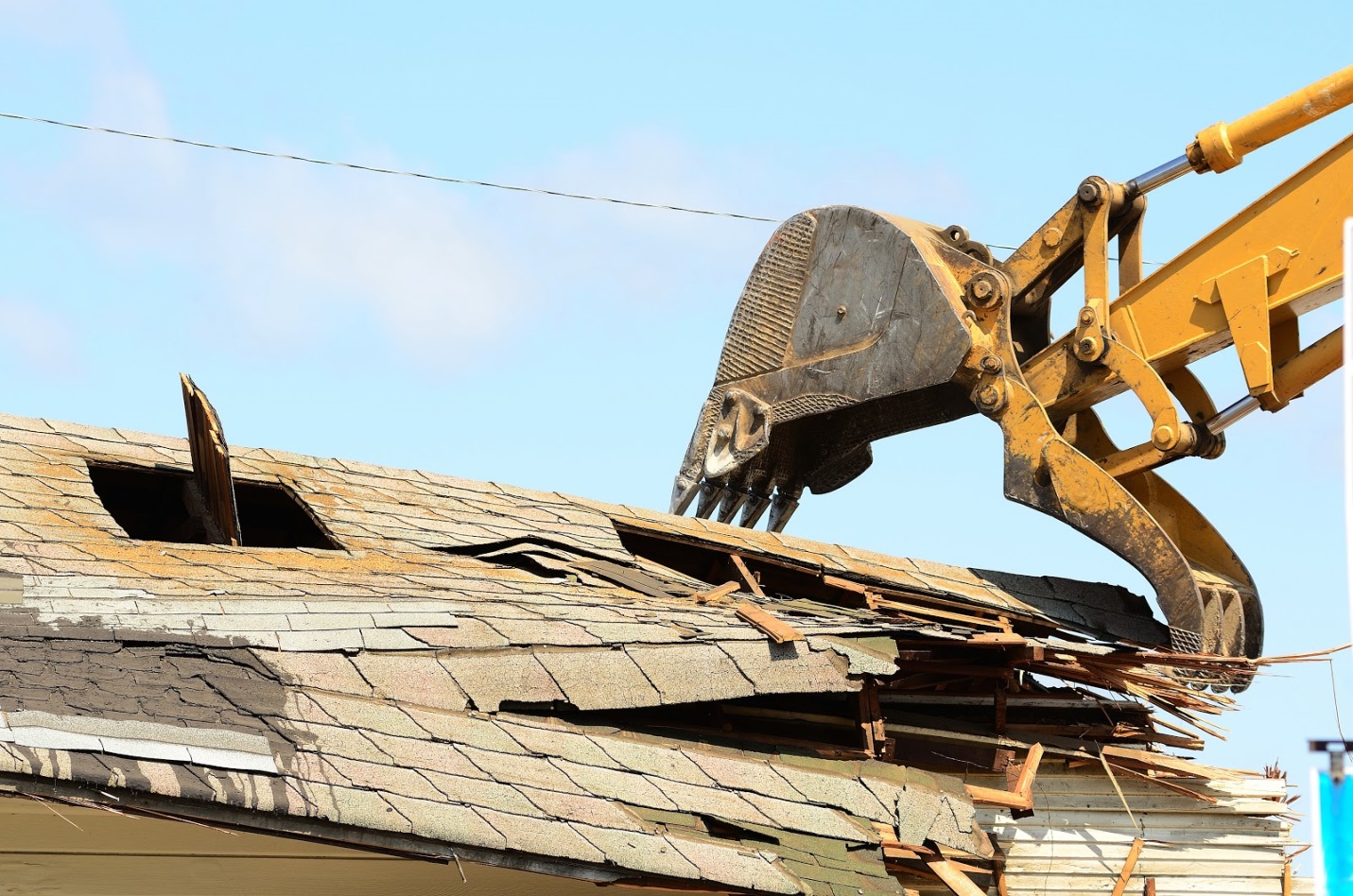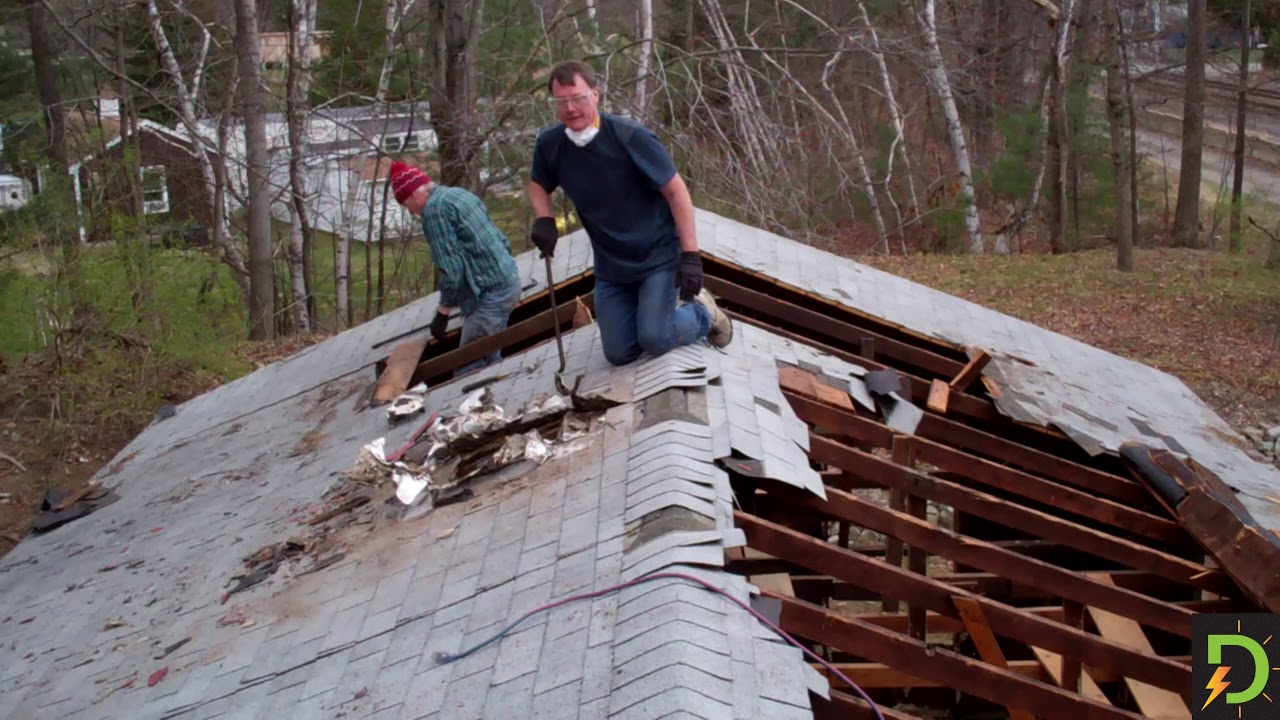The Demolition Process And Possible Substitutes
Jan 23, 2024 By Susan Kelly
It may be simpler and less expensive to demolish a dilapidated home than to try to restore it to its former glory. It's a lot cheaper than, say, relocating the house to a new property. However, there are cases where the house is in such bad shape that it cannot be restored.
Is It Better To Demolish The House?

Suppose you're thinking about hiring a bulldozer to slam into your house and shatter it to smithereens. In that case, you might want to first consult a professional about whether or not it's financially viable to do so.
You should never assume that a house is beyond repair just because it looks like a total wreck to you. The cost of repairing your home's disintegrating walls, drooping roof, or collapsing foundation may be less than anticipated.
Method And Expense
Appraisers and deconstruction firms are indispensable for any deconstruction project. The Internal Revenue Service (IRS) requires additional documentation for charitable donations beyond the standard house appraisal used for mortgage purposes. The deconstruction appraiser evaluates the property and assigns a monetary value to any usable salvage materials and gifts.
Raw Materials

NovaStar submitted an estimate of fair market value for the elements that could be saved through deconstruction to the Ivanovans a few days after assessing the home, putting the total at $120,000 to $14,000. The estimate was derived from the appraisers' knowledge, the company's extensive database of building material values, and an inventory of the house's components.
Turning A Deficit Into A Surplus
According to Hughes, homeowners and construction companies make up most of ReBuild's clientele. They look for unique components with a history, an antique aesthetic, or certain characteristics or proportions that aren't widely available. Fabrics, paints, and other supplies are purchased by artists so that they can use them in their works.
Planning The Demolition Of A Structure
After deciding to demolish your home, the next step is to create a demolition plan. There are some considerations to consider, preparations to undertake, and tools to gather before getting started. After emptying the interior, large gear can be used to bring down the structure. Hand tools are useful for deconstructing the interior.
Take Out All Of The Furniture And Personal Belongings
It would help to remove large objects like furniture, fixtures, decorations, appliances, and belongings before pulling your house apart.
Make Contact With Your Lender If Necessary
This stage is unnecessary if you already own a property free and clear of any mortgage. However, if you have outstanding debt to a financial institution or mortgage lender, you will need their permission to begin the destruction. Your financial institution may also be able to assist you in acquiring funding for demolition and reconstruction.
Breaking Down Walls
Assuming the room's contents have been removed, the next step is to focus on the walls and the structures behind them. First, using your chisel and putty knife, remove any existing wallpaper. If you loosen the wallpaper at a wall's edge, you can pull it off by hand.
Then you can start knocking down the barriers. Make sure you find all studs and load-bearing walls before you start building. It would be best if you also took care not to damage any pipes or cables that may be located behind the wall.
Try To Reuse Pipes And Wires
After tearing down your home, you can recycle or resell the pipes' copper wire and metal debris. To disassemble the pipes and sort the metals, you need to use a reciprocating saw or a ratcheting tube cutter with great care. If you aren't recycling the pipes and tubes, you can cut them into smaller pieces. If it isn't possible, try to remove substantial chunks that can be saved and used for something else.
Take Down Walls And Doors
Use a screwdriver to take a door off its hinges and out of its jamb. The door jamb can be removed from the door frame with a hammer. Reusable doors can be sold to hardware stores or given to organizations like Habitat for Humanity's ReStore once they have been removed from their previous locations.
Remove The Existing Floor
Once the interior spaces are empty, you may tear up the carpets in the upper-level bedrooms and corridors and the tiles or linoleum in the lower-level bathrooms and kitchens.
Use The Same Method In All Bedrooms
Relocate to the next set of bedrooms and corridors once all the building debris in the first room has been cleared. Gather any useful plumbing and electrical components you find, and try to save any ornamental features, like ceiling fans and light fixtures, that you can.
Renovation Of The Bathroom Demolition Begins
Removing sinks, bathtubs, toilets, and other fixtures from a bathroom during demolition is more labor-intensive than a bedroom or corridor. Remember that if you keep them in one piece, you can use them again. Remove the flooring and demolish the walls as described above once everything has been removed from the bathroom and the fixtures have been removed.







